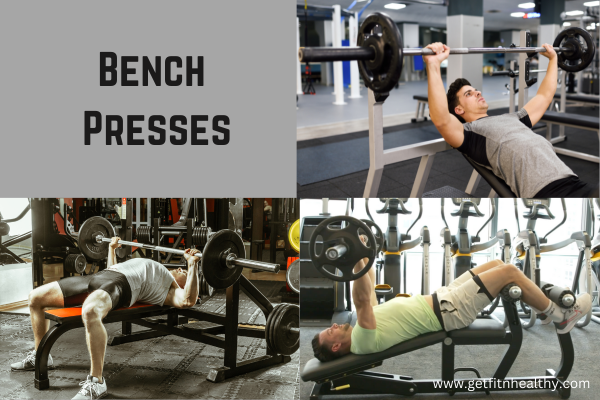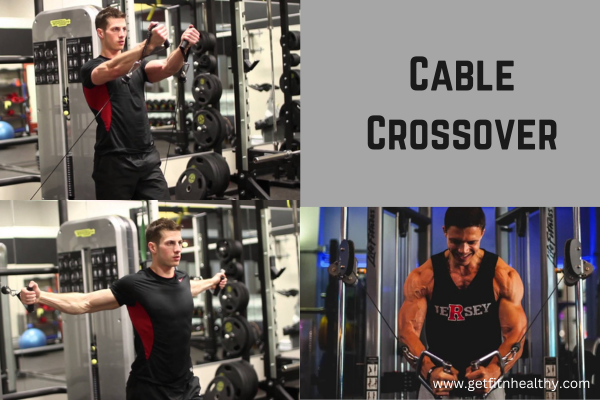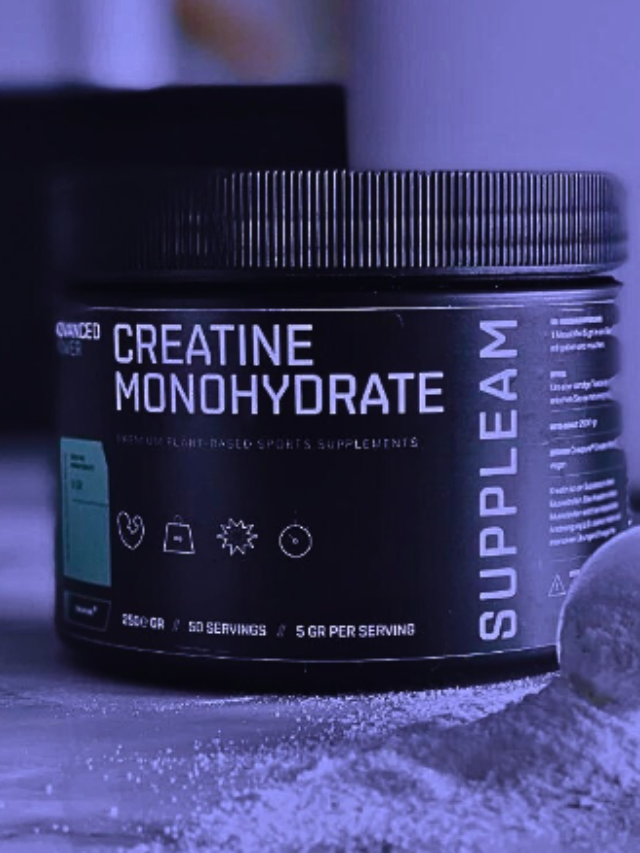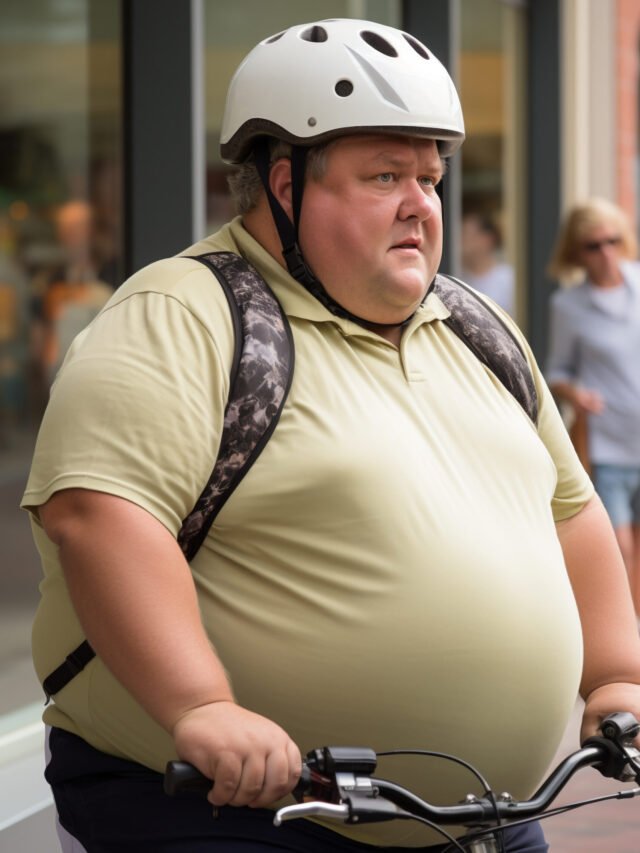
A massive and prominent chest is not only a symbol of masculinity and strength but also a condition under which your body operates harmoniously. Whether you are an aspiring fitness enthusiast or a more experienced gym-goer, learning about the principles of an effective chest workout is fundamental for your success. This manual, “Top 5 Exercises for Bigger Chest” undoubtedly leads to your gigantic and strong chest.
Why Focus on Chest Workouts?
The pectoral muscles, major and minor, are placed in the chest, and the chest is a key area in the upper body muscular strength, and development need not only raises the aesthetic worth, both overall ability and usable fitness as well. It talks on the physical qualities of the chest muscles, followed by a more detailed description of specific drills’ direct impacts on overall health.
Despite all the attention to the physical attractiveness of a well-sculptured chest, its appeal to men is much deeper and involves a complex of cultural, biological, and psychological components. On the cultural level, a powerful chest emblemized males physical strength and capability to give support and protection to someone else . It corresponded to traditional concepts of masculinity as a result of which it acquired universal significance.
When a person’s chest is well built, their posture is superior to the average person, and the level of confidence that radiates from them is palpable. Confidence is widely regarded as appealing. Furthermore, opportunities arising from sociocultural interpretation undoubtedly label a powerful chest as an appropriate beauty indicator. Lastly, shirts are supposed to be placed on a marked chest to give the shirt a more appealing appearance.
Before starting the exercise routines, it is also necessary to obtain a more detailed understanding of the chest anatomy. Since the chest muscles, with pectoralis major and minor considered the most crucial, play a role in shoulder and arm movement, it is essential to think of the part of these muscles that will help you develop the best-balanced, well-defined look overall.
Breaking Down Chest Workouts:
1. Bench Press:

Variations: The incline bench press and decline bench press exercises target different parts of the chest: the upper chest and the lower chest, respectively.
Form Focus:
1. Position yourself on the bench to make your body completely flat with your feet on the floor.
2. Grab the barbell with a grip that is moderately wider than the width of your shoulders.
3. Lower the bar down to your chest slowly to ensure the 90-degree angle with your elbows.
4. Push the bar back up to the starting point with your strength.
Progressive Overload:
Gradually increase the weight to be lifted with a movement that is challenging but perfectly timed.
2. Push-Ups:

Progressions:
Standard Push-Up: Do a plank while lowering your body by bending your elbows and then push yourself upwards while extending your arms.
Plyometric Push-Up: As you lower yourself to a chaturanga, press against the ground with enough energy that your hands are lifted from the floor in order to rise explosively.
Muscle Engagement:
1.Your core should be significantly engaged at all times; try to maintain a straight line from the head to the heels.
2. Keep the elbows close to your body as possible during the process.
Incorporating Push-Ups:
These exercises can be added to your warm-up, bodyweight workout, or circuit training routine at home.
3. Dumbbell Flyes:

Angle Adjustment:
- Flat Bench: Targets the overall chest.
- Incline Bench: Emphasizes the upper chest.
- Decline Bench: Focuses on the lower chest.
Isolation Techniques:
1. Sit on a bench and take a dumbbell in each hand.
2. Bend your arms slightly and stretch them aside so the distance between the chest and dumbbells is equal and a light stretch in the chest appears
3. Slowly raise the dumbbells, straining the pectoral muscles . As a result, the dumbbells should come together.
Incorporating Flyes:
The main thing is that the amplitude is carried out with the utmost tension of the chest. Use little weight and follow the correct technique.
4. Chest Dips:

Form and Technique:
- Grasp the parallel bars firmly, tilt your body forward slightly, and proceed to descend.
- Ensure that your elbows remain at a 90-degree angle as you push yourself back up.
Benefits:
- Develops the lower chest and triceps.
- Engages stabilizing muscles.
Equipment Options: Utilize parallel bars, dip stations, or robust pieces of furniture within your home to perform the desired exercises.
5. Cable Crossover:

Adjusting Pulley Heights:
- High Pulley: Targets upper chest.
- Mid Pulley: Focuses on overall chest development.
- Low Pulley: Emphasizes lower chest.
Continuous Tension:
- Place yourself in the middle of the machine, hold the handles firmly, and bring your hands together in an equally standard fashion, as if you were hugging someone.
- Always maintain tension on the cables during the movement.
Integration into Routine:
Overall, stay relaxed, and have fun. Finish your chest descent with cable crossovers for a well-rounded session.
Post-Workout Nutrition:
After completing the chest exercises, you need to refuel the body to recover and support building muscles. Your post-workout meal or shake should consist of a properly mixed protein and carbs. Finally, don’t forget that proper form is always more important than the weight your push up. For continue success and avoidance of injuries, constantly increase workout intensity.
Create a thorough training plan comprising a wide range of workouts that adjust the frequency based on the individual’s workout capabilities . Try to perform 2-3 chest workouts weekly, allowing adequate time for recuperation.
In order to enhance the productivity and lower the risk of injury during your chest workouts, avoid common gaffes. Always maintain the proper posture while exercising your chest, whether you’re doing bench press or flyes, to lessen the danger of injury and enhance muscle activity. Perform many kinds of chest exercises to ensure that you make progress in all fields.
Make sure you don’t get overtrained by taking enough time off between intense sessions and watching for indications of exhaustion. Prioritize preparing your muscles by warming up before training by exercising.You should do exercises that work all the muscle through full range of motion . Make sure you never overuse, or ego lift , as it can cause injuries.
Tags : chest workout,chest workout gym,gym chest workout,lower chest workout,chest workout at home,upper chest workout,chest workout with dumbbell,chest workout at home with dumbbells,chest workout plan
Also Read – Which Squats Are Most Effective?




















